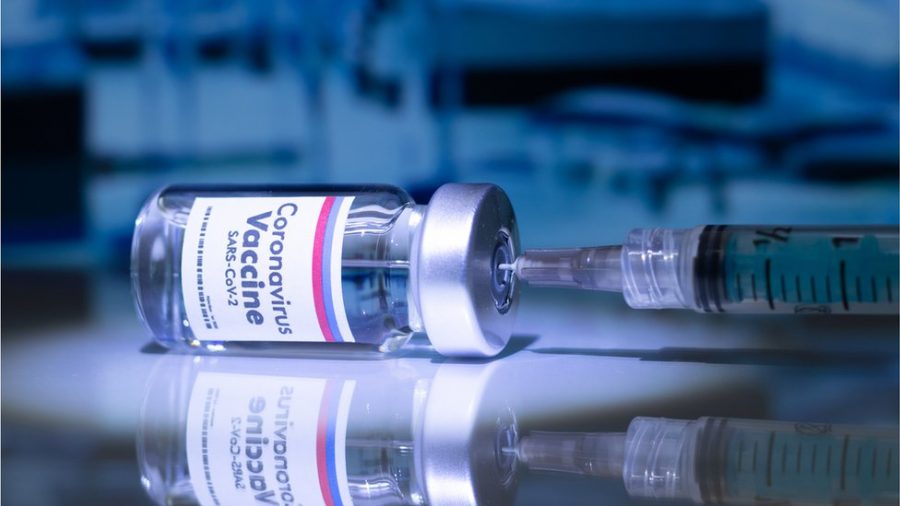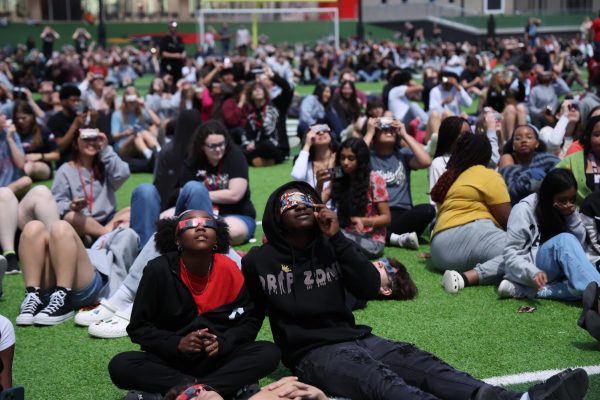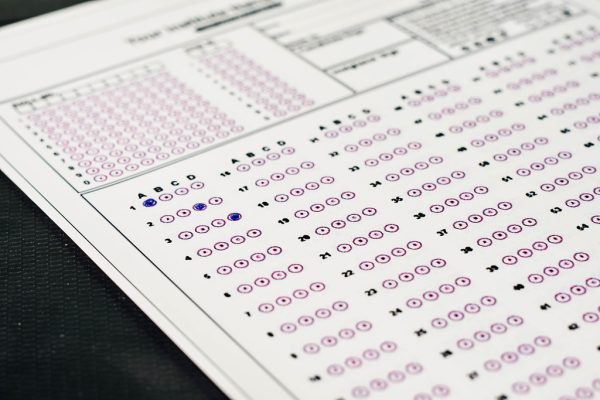COVID-19 Vaccine Update
Distribution phases in slowly
January 12, 2021
Over the past few months, countries all over the world have been working on developing a vaccine for COVID-19.
In the United States, two vaccines have been approved by the Food and Drug Administration (FDA), so far: Pfizer BioNTech and Moderna. Others are developing, as well, and should be ready soon.
As of now, the Pfizer vaccine has been declared 95% percent effective and the vaccine of Moderna 94% effective. Both vaccines have made a lot of progress over the past few months, and since they have high success rates, both went through a few test trials to get approval by the FDA.
The Pfizer vaccine allows a messenger mRNA to encode a particular piece of the coronavirus. When the vaccine is injected, the piece creates an immune response.
Possible side effects do exist when taking the vaccines. Some of these side effects include headache, fatigue, and possibly a swollen arm. However, all of these side effects are expected to go away after a couple days.
The vaccine does not contain a “live virus” and cannot give a person COVID-19. In those rare instances where someone has contracted the virus after administration, the most probable explanation is that he or she was already exposed to the virus prior to the vaccination as a person can be contagious days before becoming symptomatic.
The real struggle right now is how to quickly and efficiently distribute the COVID-19 vaccines, which both must be kept at frigid temperatures. According to a New York Times article, as of January 8, only 151,000 Americans had been fully vaccinated as both vaccines currently on the market require two doses spaced a couple of weeks apart for full effect. Approximately 9 million people have received at least one dose of a vaccine, but these numbers fall far short of the federal government’s original goals.
Since the start of the pandemic, more than 375,000 people in the United States have died from the novel coronavirus. The daily death rate rate has now topped 4,000, which is why it is so important to vaccinate as many Americans as possible as quickly as possible.
The Centers for Disease Control (CDC) recommended a tier plan to distribute the vaccines. Phase 1A began Dec. 1, 2020, and consisted of frontline health care workers and residents of long-term care facilities.
Phase 1B began Dec. 20, 2020, and includes people aged 75 years and older and non–health care frontline essential workers. Phase 1C will be offered to persons aged 65–74 years, persons aged 16–64 years with medical conditions that increase the risk for severe COVID-19, and essential workers not previously included in Phase 1a or 1b.
While having a plan for distribution of the vaccines is a good idea and necessary, it is simply taking too long. The Trump administration suggested today to open the rollout to all Americans over the age of 65 to help jumpstart the bottlenecked process.
In conclusion, despite the fact that COVID-19 vaccines have recently been approved by the FDA, the process is going to take time; therefore, it’s still important to stay in the habit of social distancing and wearing a mask.


















